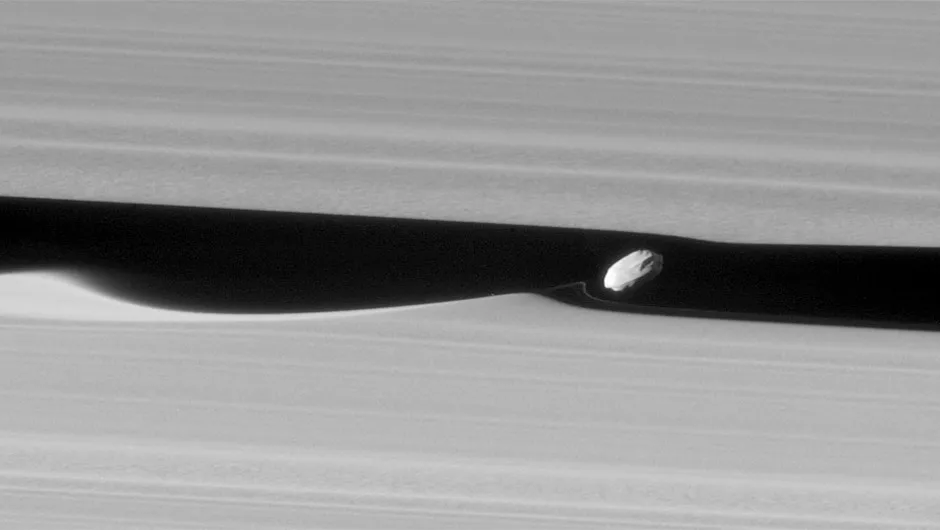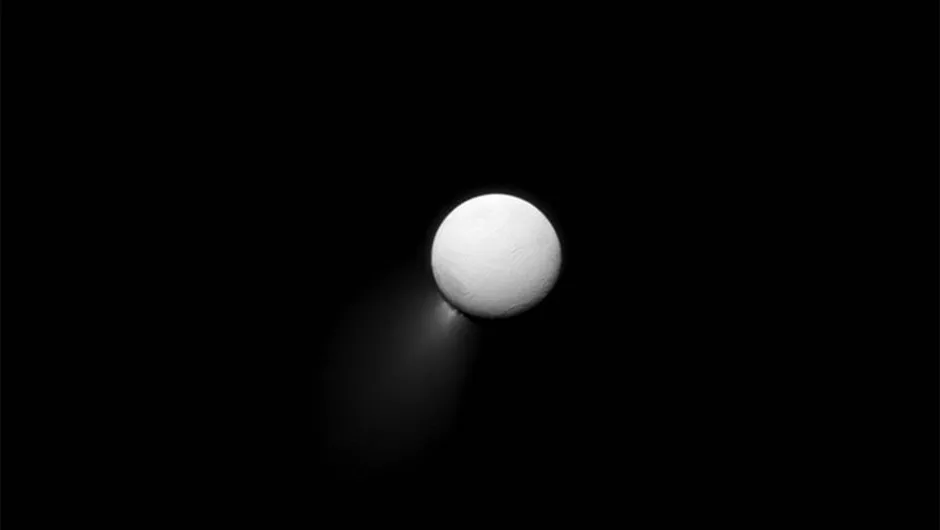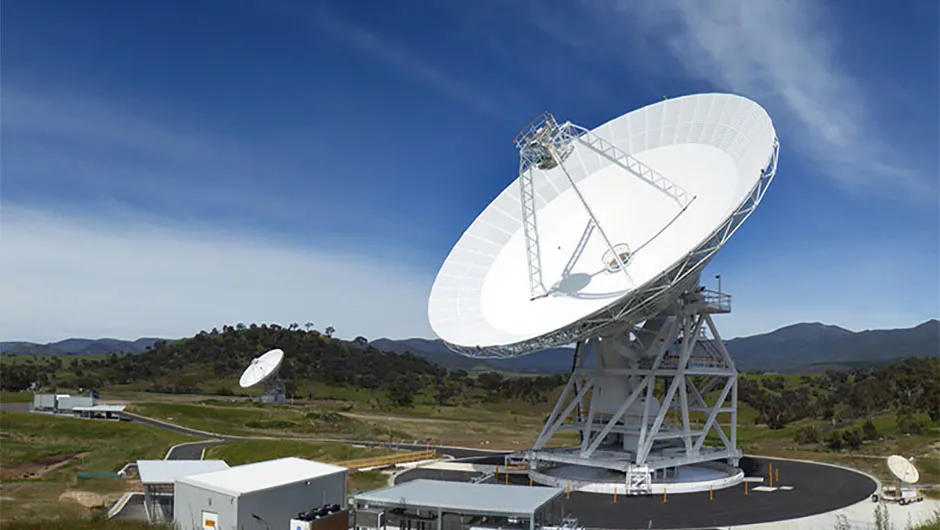Having launched in October 1997, NASA’s Cassini spacecraft has spent two decades in space, journeying to and then analysing the Saturnian system.
The mission has given us incredible images and data on the planet’s storms, its iconic rings and its icy, active moons.
In 2005, the European Space Agency’s Huygens probe detached from the Cassini orbiter and made its journey to land on Saturn’s moon Titan, giving scientists a glimpse of the moon’s liquid methane and ethane seas, with their evaporation cycle similar to that of water on Earth.
The Cassini mission provided unprecedented views of Saturn’s north polar hexagonal storm, visions of mini moon Daphnis orbiting within the Keeler Gap in Saturn’s A Ring, and evidence of a subsurface ocean spraying plumes through the icy crust of its moon Enceladus.

Cassini has been one of the most incredible planetary missions, and certainly a worthy follow-up to the Voyagers’ Saturn encounters in 1980 and 1981.
But while the Voyagers’ journey continues into interstellar space, Cassini won’t be so lucky.
Because of the discovery of liquid water on some of Saturn’s moons, they are classified as having at least the potential to host life as we know it: most likely in a bacterial form.
For NASA scientists, this is enough to warrant caution at the risk of contaminating the moons’ environments with a human-made spacecraft, and potentially destroying any undiscovered signs of life that may exist there.
As a result, Cassini can not be allowed to remain orbiting in the Saturn system once its fuel runs out.
The final course that has been decided upon is to direct Cassini into the atmosphere of Saturn and allow it to burn up in the planet’s atmosphere, much like a meteor scorching across the skies of our own planet.
But as well as concerns surrounding contamination of a moon such as Enceladus, much can be gained from this final manoeuvre.

The opportunity for science during Cassini’s journey into Saturn’s atmosphere is too good to pass up, since the orbiter can continue to collect data and beam it back to Earth until the orbiter is eventually destroyed.
The lead up to Cassini’s final moments began in April 2017, when it set upon its final impact course, known as the ‘Grand Finale’.
A final close flyby of Titan on 22 April saw NASA scientists use the gravitational pull of the icy moon to reconfigure Cassini’s trajectory.
This was the precursor to a series of 22 orbits that took Cassini through the 2,000km-wide gap between Saturn and its rings, capturing unprecedented data and preparing the spacecraft for its final moments.

Journey's end
On 9 September at 12.09am UTC, Cassini made its final dive between Saturn and its rings.
On 11 September at 7.04pm UTC, the orbiter made its last distant flyby of Titan, 119,049 above the moon’s surface.
At 5.27am UTC on 12 September, it reached the farthest point from Saturn in its orbit, 1.3 million kilometres away, and mission scientists began preparations for the final stages of its journey.
At around 7.58pm UTC on 14 September, Cassini’s cameras are scheduled to take their final image of Saturn, before the spacecraft turns its antenna to Earth at 8.22pm UTC.
At this stage, the spacecraft will begin sending its final data - including images - back to Earth.
At 3.15am UTC on 15 September, the Deep Space Network (DSN) station in Canberra, Australia, will take over the tracking of the spacecraft until the end of the mission.
The DSN is an array of antennas that acts as a mediator between spacecraft and scientists back on Earth.
It received the first images of Neil Armstrong stepping onto the Moon in 1969, data from the Voyager 1 spacecraft as it explored the outer planets of the Solar System, and will continue to capture Cassini data up until the mission’s final moments.
At around 5.08am UTC on 15 September, Cassini is expected to cross the orbital distance of Enceladus for the last time, before crossing the orbital distance of the F ring at 6.22am UTC, again for the last time.

The F ring is the outermost of Saturn’s main rings.
Then, the final push is due to begin at 10.31am UTC, as Cassini’s thrusters fire and the spacecraft enters Saturn’s atmosphere. It will be travelling about 123,000 km per hour as it does so.
A minute later, with its thrusters firing at 100 per cent, Cassini’s high-gain antenna will point away from Earth, leading to a loss of signal with the spacecraft.
The loss of signal occurs because of the increasing density of Saturn’s atmosphere, which will probably cause the spacecraft to begin tumbling as it races towards the surface of the planet.
Normally, Cassini would keep hold of data for hours or even days after it's collected, but during these final moments it will transmit data back to Earth just seconds after recording it.
A NASA video detailing how the Cassini mission will end. Credit: NASA / JPL-Caltech
The deeper Cassini flies towards the surface of Saturn, the more precious the data it collects; yet the more likely it is to burn up and disintegrate as the thick, planetary atmosphere becomes too much for Cassini’s structure to take.
NASA scientists predict that the spacecraft may be able to sample Saturn’s atmosphere directly from a vantage point 300km deeper than on any of its previous orbits around the planet.
The Cassini team on Earth will continue to observe the spacecraft’s trajectory, and thus create accurate predictions as to when Earth is likely to lose radio contact with it.
Once this happens, the final chapter of this incredible mission will close, leaving scientists with a wealth of data to study over the coming years, making further discoveries about Saturn and its moons.
